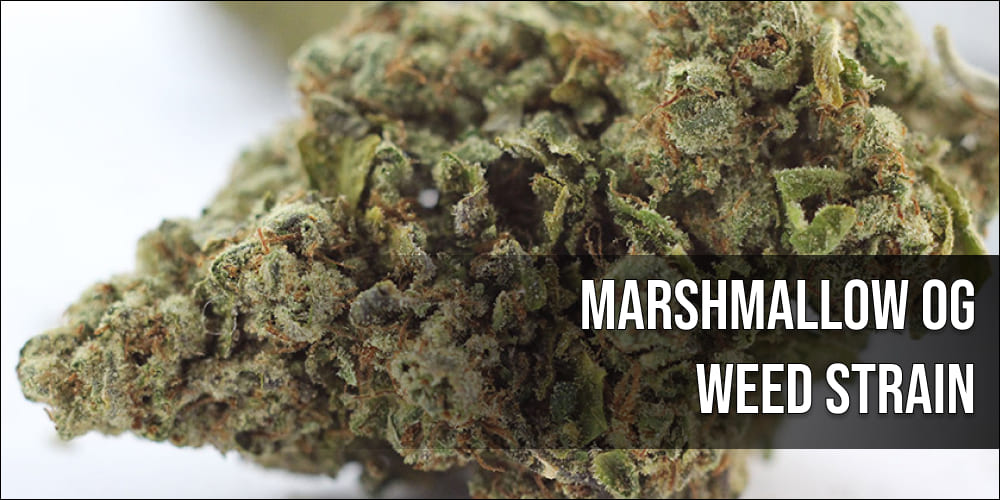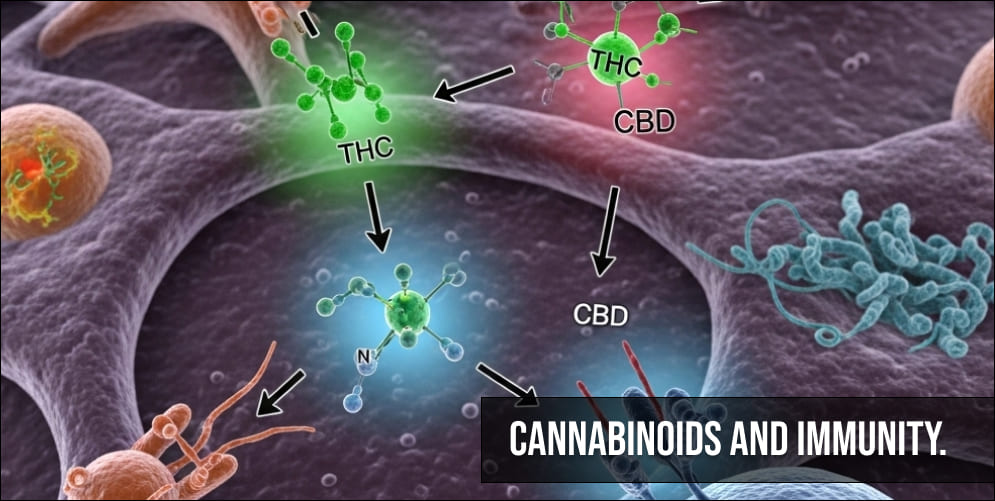Does weed help nausea?

Navigating the complex landscape of nausea treatment can be daunting, especially when traditional medications fall short or come with unwanted side effects. This comprehensive guide explores how weed help nausea as a promising alternative or supplemental remedy.
From understanding the root causes of nausea to delving into the biochemical interplay between cannabis compounds and the human body, we uncover both the advantages and disadvantages of using weed to help with nausea.
Whether you’re considering cannabis for its potential anti-nausea benefits or simply want to educate yourself, this guide aims to provide a holistic view, making it easier to navigate your options.
If you are interested in the effects of cannabis, as well as its effect on the human body, then we recommend reading these articles:
- What does it mean to green out?
- When you stop smoking weed what happens?
- Why does weed make you hungry?
What Causes Nausea?

While short-lived nausea often stems from familiar culprits like viral stomach bugs, questionable food, or even alcohol overindulgence, these instances typically dissipate within a short period. Hunger pangs can also momentarily set off this unsettling sensation, but relief is generally just a meal away.
However, long-lasting nausea might be a red flag for more serious medical conditions. Intriguingly, some of these chronic issues are the very reasons a physician might prescribe medical cannabis. Conditions that often cause chronic nausea include:
- Cancer therapies known for their nauseating side effects
- Acid reflux issues, otherwise termed GERD
- Gastric ulcers that disrupt normal digestive processes
- Digestive system issues such as IBS
- Neurological conditions or trauma
- Liver ailments like Hepatitis
- Pancreatic inflammation, or Pancreatitis
Migraines that bring on nausea as an accompanying symptom
Such enduring ailments typically require expert medical evaluation and may make you a candidate for medical cannabis treatment.
How weed Help Nausea?

Cannabis has increasingly been acknowledged for its effectiveness in quelling nausea and vomiting, making it a favored recommendation among healthcare professionals for patients wrestling with these symptoms.
In some regions, the ability for weed help nausea is so recognized that chronic nausea is even listed as a medical condition eligible for cannabis treatment.
Emerging research underscores THC, a main component of cannabis, as the substance that engages with the brain’s CB1 endocannabinoid receptors. These receptors play a pivotal role in how our body naturally adjusts sensations like nausea, lending credence to the idea that THC and, by extension, weed help nausea by mimicking these innate processes.
A significant study from the University of New Mexico used data from the Releaf app to assess how effectively weed helps nausea. The results were striking: 96% of participants reported finding relief.
When it comes to the most effective forms of cannabis, dried flower and robust concentrates led the way, followed by edibles and tinctures, and finally, vaping. Users seemed to find more relief from sativa and hybrid strains than from indica, and THC-rich varieties were more effective than those high in CBD.
So to combat nausea, we can recommend you to try Cereal Milk in Live Resin Bar. Cereal Milk weed strain is a popular hybrid. It can promote relaxation and creativity while also helping to alleviate stress and anxiety.
Its sweet and creamy flavor profile, balanced effects, and potent THC content make it a great choice. So why not give it a try and check what all the fuss is about?
Or is Empire Cake strain in Sauce Cart more suitable for you? It is also known as “Empire” is an indica dominant hybrid strain. Famous for its delicious flavor and soothing effects, Empire Cake is one bud that you’ll want to be a part of again and again.
And in general, we advise you to look into the APE Vape section. Acclaimed for exceptional quality, potency, and reliability, APE cartridges have successfully captivated both cannabis connoisseurs and newcomers alike, emerging as a trusted name in the vape cartridge category.
However, it’s important to note that weed’s ability to help nausea isn’t a one-size-fits-all solution. Medical experts urge caution for specific groups, such as children and expectant mothers, due to the limited data on cannabis’s long-term effects on developmental stages.
Moreover, there’s an elusive downside: Cannabinoid Hyperemesis Syndrome (CHS). This condition, characterized by severe nausea and frequent vomiting, seems to stem from an overstimulation of the endocannabinoid receptors.
Although its causes remain a puzzle, one proven remedy exists—stopping cannabis use to allow the body to eliminate lingering cannabinoids. This fact highlights the complexities in fully understanding how weed helps nausea and the limitations that come with it.
Effective Ways of Taking Cannabis for Nausea

Application Techniques
- Breathing In
- Sublingual Drops
- Food-Based Options
- Skin-Embedded Patches
- Anal Delivery
- Tailored Mixes
Although CBD-focused remedies do offer some level of nausea relief, THC seems to have a more potent anti-emetic impact. Interestingly, when THC and CBD work in tandem, their combined effect on alleviating nausea could be amplified, thanks to a synergistic interaction known as the “ensemble effect.”
This cooperative relationship could also minimize the risk of THC itself causing any queasiness, underscoring the multifaceted ways in which weed help nausea.
While elevated levels of THC, CBG, limonene, and quercetin have the potential to trigger nausea, these compounds are typically not present in high enough concentrations in cannabis to cause such adverse effects.
Therefore, in moderated, smaller amounts, these elements may actually contribute to how weed help nausea rather than making it worse, suggesting that they don’t need to be entirely avoided for nausea relief.
Upsides and Downsides

Pros in Focus
- Traditional anti-nausea medications often come with a host of side effects, a hurdle mostly bypassed with cannabinoid-based treatments.
- Cannabinoids show promise in treating rare conditions like cyclic vomiting syndrome (CVS).
- Small to moderate doses of CBG, CBD, and THC are effective in alleviating nausea.
- In cancer care, medical cannabis offers multiple benefits, including relief from nausea, insomnia, chronic pain, and appetite loss.
Downsides to Consider
- Long-term cannabis use can sometimes trigger Cannabinoid Hyperemesis Syndrome (CHS), characterized by persistent nausea, vomiting, and a predilection for hot showers. The remedy is ceasing cannabis use.
- Excessive THC intake can counteract its anti-nausea effects, potentially inducing nausea and vomiting.
- At high levels, CBG could negate the anti-nausea benefits of CBD.
- Overconsumption of the flavonoid quercetin may lead to gastrointestinal issues and nausea.
- Excessive limonene intake has been associated with nausea and vomiting episodes.
In conclusion, cannabis stands out as a viable alternative for addressing both short-term and long-lasting nausea, with its array of benefits often outweighing the minimal risks for the majority of users.
As ongoing studies continue to corroborate the effectiveness of cannabis, especially its primary constituents THC and CBD, in mitigating symptoms of nausea, it’s steadily gaining credibility as a treatment option in the medical community. Nevertheless, it’s important to recognize that it isn’t a one-size-fits-all solution.
Certain populations, like pregnant women and children, should approach its use cautiously. Additionally, the infrequent but serious occurrence of Cannabinoid Hyperemesis Syndrome (CHS) serves as a reminder that there are risks involved.
However, the many ways in which weed help nausea, along with extra perks such as better sleep and increased appetite—particularly useful for those receiving treatments like chemotherapy—make it an option worth discussing with healthcare professionals when seeking comprehensive, effective ways for nausea relief.



























